Baseball, anyone?
- kurtster - Jul 16, 2025 - 5:47pm
Name My Band
- oldviolin - Jul 16, 2025 - 3:30pm
Russia
- R_P - Jul 16, 2025 - 3:15pm
Trump
- R_P - Jul 16, 2025 - 2:55pm
Things You Thought Today
- black321 - Jul 16, 2025 - 1:53pm
Israel
- R_P - Jul 16, 2025 - 1:48pm
The Marie Antoinette Moment...
- oldviolin - Jul 16, 2025 - 1:36pm
260,000 Posts in one thread?
- oldviolin - Jul 16, 2025 - 1:31pm
New Music
- R_P - Jul 16, 2025 - 1:05pm
Trump Lies™
- Proclivities - Jul 16, 2025 - 12:39pm
NY Times Strands
- geoff_morphini - Jul 16, 2025 - 12:27pm
Play the Blues
- black321 - Jul 16, 2025 - 11:06am
Climate Change
- R_P - Jul 16, 2025 - 10:56am
But Why?
- Red_Dragon - Jul 16, 2025 - 9:53am
Live Music
- oldviolin - Jul 16, 2025 - 9:53am
NYTimes Connections
- geoff_morphini - Jul 16, 2025 - 9:44am
Wordle - daily game
- geoff_morphini - Jul 16, 2025 - 9:41am
Great Old Songs You Rarely Hear Anymore
- GeneP59 - Jul 16, 2025 - 9:32am
Radio Paradise Comments
- GeneP59 - Jul 16, 2025 - 9:10am
Today in History
- Red_Dragon - Jul 16, 2025 - 7:48am
Pernicious Pious Proclivities Particularized Prodigiously
- R_P - Jul 15, 2025 - 10:46pm
Are they married yet? YES THEY ARE!
- buddy - Jul 15, 2025 - 9:20pm
July 2025 Photo Theme - Stone
- KurtfromLaQuinta - Jul 15, 2025 - 8:45pm
Photography Forum - Your Own Photos
- KurtfromLaQuinta - Jul 15, 2025 - 8:41pm
Strips, cartoons, illustrations
- R_P - Jul 15, 2025 - 7:07pm
Radio Paradise NFL Pick'em Group
- sunybuny - Jul 15, 2025 - 3:05pm
Beyond mix
- victory806 - Jul 15, 2025 - 12:53pm
What Makes You Laugh?
- Isabeau - Jul 15, 2025 - 12:35pm
Alexa Skill
- buddy - Jul 15, 2025 - 12:12pm
Where is the airplane?
- rgio - Jul 15, 2025 - 9:42am
Gardeners Corner
- Coaxial - Jul 15, 2025 - 6:42am
Trouble with Verizon? Or Tailscale?
- jarro - Jul 15, 2025 - 6:39am
Bug Reports & Feature Requests
- bobrk - Jul 14, 2025 - 3:56pm
Economix
- R_P - Jul 14, 2025 - 3:27pm
Immigration
- R_P - Jul 14, 2025 - 3:11pm
Artificial Intelligence
- R_P - Jul 14, 2025 - 11:16am
Fox Spews
- R_P - Jul 14, 2025 - 10:52am
What is the meaning of this?
- rgio - Jul 14, 2025 - 10:44am
Fascism In America
- Red_Dragon - Jul 14, 2025 - 9:59am
• • • The Once-a-Day • • •
- oldviolin - Jul 14, 2025 - 8:04am
Why atheists swallow,
- black321 - Jul 14, 2025 - 8:00am
USA! USA! USA!
- ColdMiser - Jul 14, 2025 - 7:57am
On Life as Art- heard it on KTRT 95.7
- KurtfromLaQuinta - Jul 14, 2025 - 7:56am
Comics!
- KurtfromLaQuinta - Jul 14, 2025 - 7:53am
Music Videos
- black321 - Jul 14, 2025 - 7:51am
M.A.G.A.
- R_P - Jul 13, 2025 - 3:53pm
Infinite cat
- Isabeau - Jul 13, 2025 - 11:37am
Dialing 1-800-Manbird
- oldviolin - Jul 13, 2025 - 11:35am
Talk Behind Their Backs Forum
- VV - Jul 12, 2025 - 9:16pm
What the hell OV?
- oldviolin - Jul 12, 2025 - 8:39pm
Europe
- R_P - Jul 12, 2025 - 6:30pm
Democratic Party
- R_P - Jul 12, 2025 - 1:37pm
A motivational quote
- steeler - Jul 11, 2025 - 6:58pm
Beyond...
- GeneP59 - Jul 11, 2025 - 6:35pm
Protest Songs
- R_P - Jul 11, 2025 - 12:38pm
True Confessions
- oldviolin - Jul 11, 2025 - 11:56am
Jess Roden - legendary UK vocalist - and "Seven Windows" ...
- J_C - Jul 11, 2025 - 11:22am
It seemed like a good idea at the time
- ptooey - Jul 11, 2025 - 6:10am
Country Up The Bumpkin
- KurtfromLaQuinta - Jul 10, 2025 - 9:13pm
TV shows you watch
- R_P - Jul 10, 2025 - 5:31pm
Wasted Money
- GeneP59 - Jul 10, 2025 - 5:22pm
Rock mix / repitition
- walk2k - Jul 10, 2025 - 4:31pm
How's the weather?
- GeneP59 - Jul 10, 2025 - 3:21pm
Random Solutions - Random Advice
- oldviolin - Jul 10, 2025 - 10:11am
Spambags on RP
- KurtfromLaQuinta - Jul 10, 2025 - 9:02am
misheard lyrics
- GeneP59 - Jul 10, 2025 - 6:30am
New Song Submissions system
- Teja - Jul 10, 2025 - 3:36am
TEXAS
- Red_Dragon - Jul 9, 2025 - 5:57pm
DQ (as in 'Daily Quote')
- black321 - Jul 9, 2025 - 11:33am
Republican Party
- Red_Dragon - Jul 9, 2025 - 7:50am
Outstanding Covers
- oldviolin - Jul 8, 2025 - 9:29pm
Musky Mythology
- R_P - Jul 8, 2025 - 5:43pm
Love & Hate
- oldviolin - Jul 8, 2025 - 8:15am
Anti-War
- R_P - Jul 7, 2025 - 6:45pm
Environment
- R_P - Jul 7, 2025 - 5:38pm
|
|
Index »
Radio Paradise/General »
About RP »
Vinyl Only Spin List
|
Page: Previous 1, 2, 3, ... 135, 136, 137 Next |
kurtster

Location: where fear is not a virtue
Gender: 

|
|
Posted:
Oct 21, 2024 - 2:58am |
|
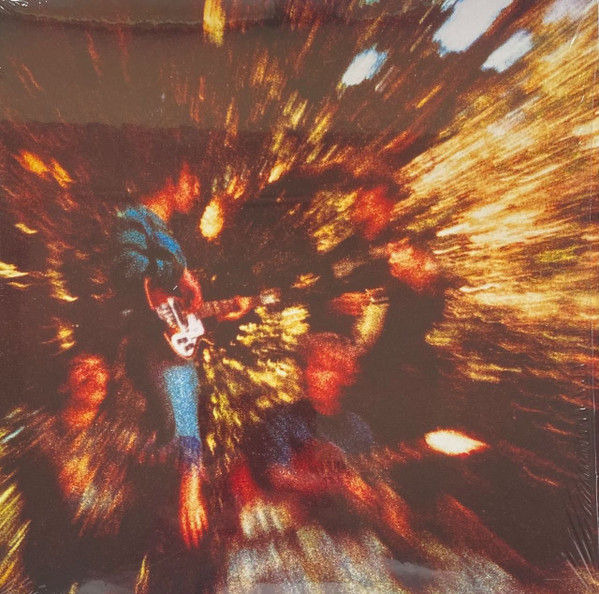 2018 EU Box set
|
|
kurtster

Location: where fear is not a virtue
Gender: 

|
|
Posted:
Oct 20, 2024 - 11:50am |
|
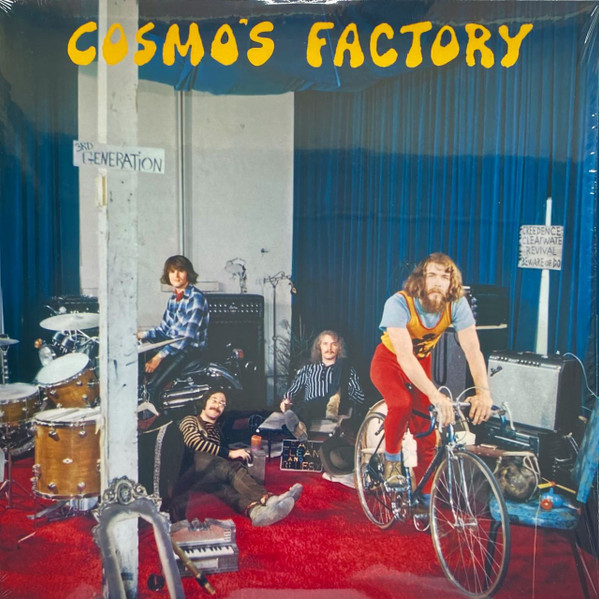 2018 EU Box set 2018 EU Box set
|
|
kurtster

Location: where fear is not a virtue
Gender: 

|
|
Posted:
Oct 20, 2024 - 9:05am |
|
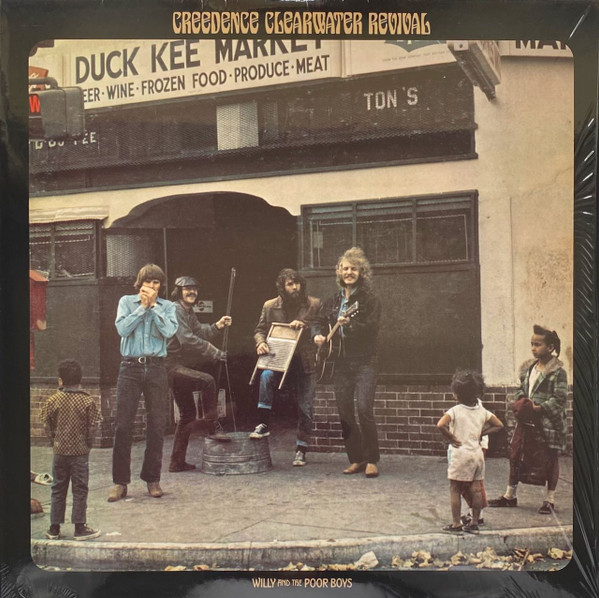 2018 EU Box set
|
|
kurtster

Location: where fear is not a virtue
Gender: 

|
|
Posted:
Oct 19, 2024 - 10:33pm |
|
 1979 Japanese 1st press
|
|
kurtster

Location: where fear is not a virtue
Gender: 

|
|
Posted:
Oct 18, 2024 - 11:55pm |
|
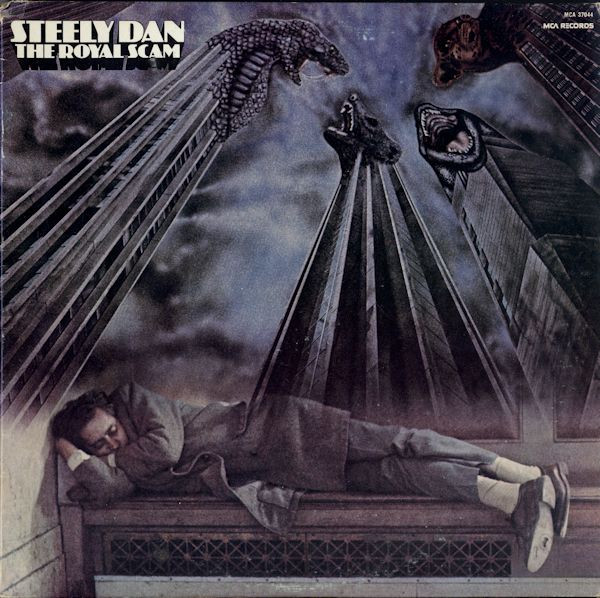 1980 US reissue
|
|
kurtster

Location: where fear is not a virtue
Gender: 

|
|
Posted:
Oct 18, 2024 - 11:07pm |
|
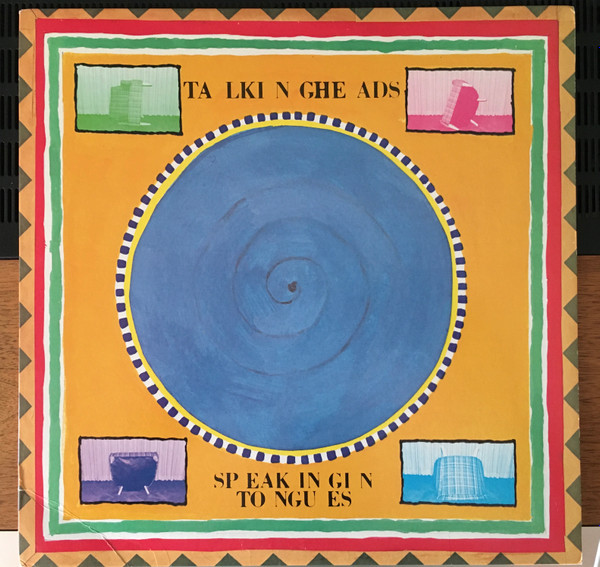 1983 US 1st RCA club press
|
|
kurtster

Location: where fear is not a virtue
Gender: 

|
|
Posted:
Oct 16, 2024 - 6:09am |
|
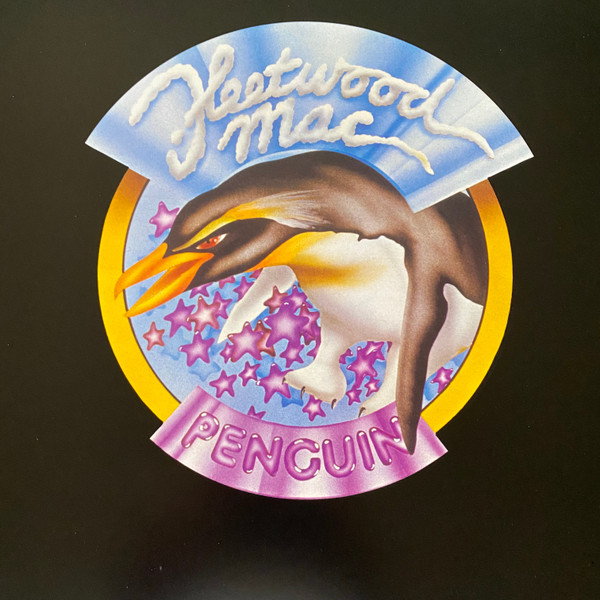 2020 EU press FM Box Set 1973-1974 2020 EU press FM Box Set 1973-1974
|
|
kurtster

Location: where fear is not a virtue
Gender: 

|
|
Posted:
Oct 15, 2024 - 7:34pm |
|
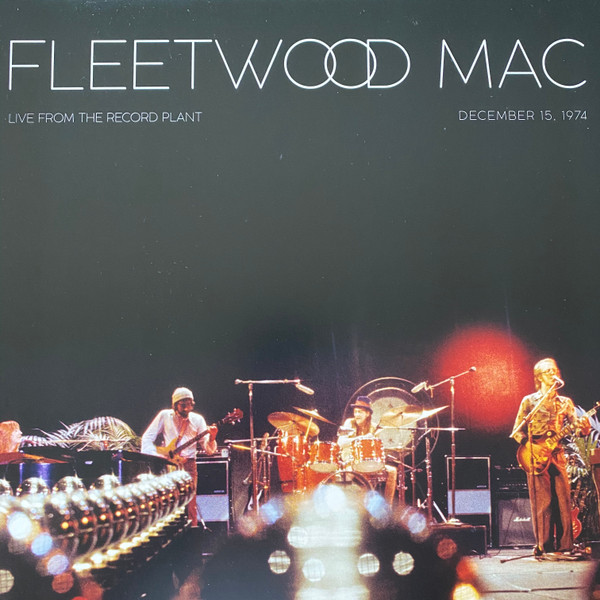 2020 EU press 2 X 12" FM Box Set 1973-1974
|
|
kurtster

Location: where fear is not a virtue
Gender: 

|
|
Posted:
Oct 14, 2024 - 6:23pm |
|
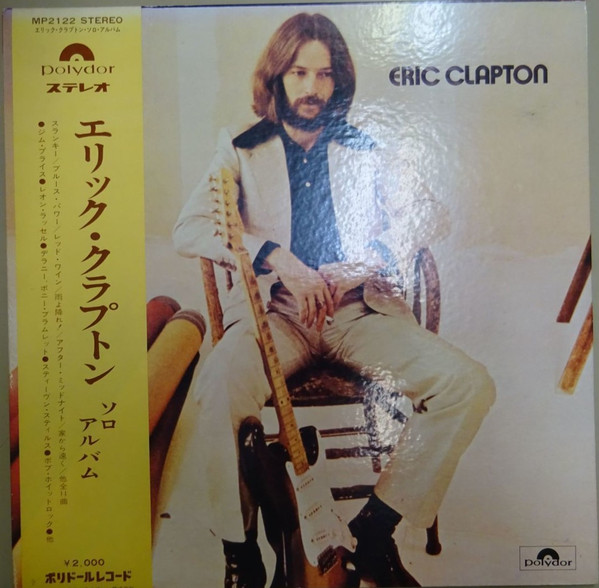 1970 Japanese 1st press
|
|
kurtster

Location: where fear is not a virtue
Gender: 

|
|
Beaker

Location: Your safe space

|
|
Posted:
Oct 14, 2024 - 10:10am |
|
kurtster wrote:
Cover variations and cover quality on reissues is a big, big deal over at discogs. The bitching is endless. It gets very nitpicky.
Much of it justified, but I'm more happy if the vinyl is done right and the cover doesn't split.
I'm not really concerned with the whole physical thing of the covers and all the rituals associated with playing vinyl anymore. I'm ripping and downsizing and just down to collecting the sound itself. Don't get me wrong though I still appreciate what went into the covers and all as I go through them, but it's now down to that was really cool and that's nice.
You can get a quick look at the cover variations here
.
https://www.discogs.com/master/14468-The-Band-Music-From-Big-Pink
I recall Split Enz - True Colors was a challenge to collectors. :-)
https://www.google.com/search?...
|
|
kurtster

Location: where fear is not a virtue
Gender: 

|
|
Posted:
Oct 14, 2024 - 9:40am |
|
Beaker wrote: Cover variations and cover quality on reissues is a big, big deal over at discogs. The bitching is endless. It gets very nitpicky. Much of it justified, but I'm more happy if the vinyl is done right and the cover doesn't split. I'm not really concerned with the whole physical thing of the covers and all the rituals associated with playing vinyl anymore. I'm ripping and downsizing and just down to collecting the sound itself. Don't get me wrong though I still appreciate what went into the covers and all as I go through them, but it's now down to that was really cool and that's nice. You can get a quick look at the cover variations here . https://www.discogs.com/master/14468-The-Band-Music-From-Big-Pink
|
|
Beaker

Location: Your safe space

|
|
kurtster

Location: where fear is not a virtue
Gender: 

|
|
Posted:
Oct 14, 2024 - 9:25am |
|
 2018 US 50th 2 X 12" 45rpm
|
|
kurtster

Location: where fear is not a virtue
Gender: 

|
|
Posted:
Oct 13, 2024 - 10:57pm |
|
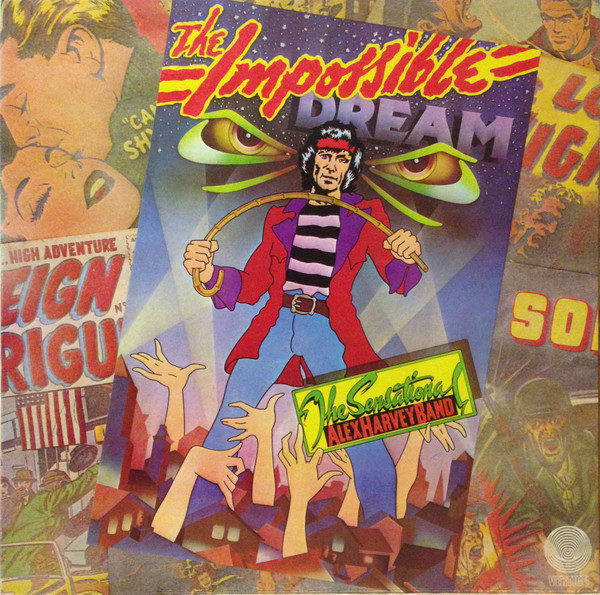 1974 UK 1st press
|
|
kurtster

Location: where fear is not a virtue
Gender: 

|
|
Posted:
Oct 13, 2024 - 8:06pm |
|
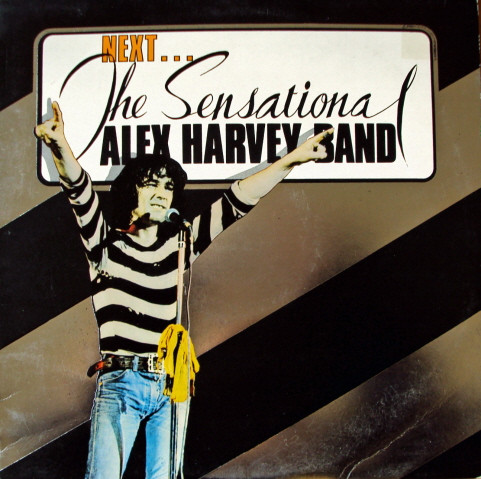 1974 UK repress
|
|
kurtster

Location: where fear is not a virtue
Gender: 

|
|
Posted:
Oct 12, 2024 - 10:09pm |
|
 2020 Global release box set 4 X 12"
|
|
kurtster

Location: where fear is not a virtue
Gender: 

|
|
Posted:
Oct 12, 2024 - 2:02am |
|
 1970 US 1st press. Been 50 years since this was last played . 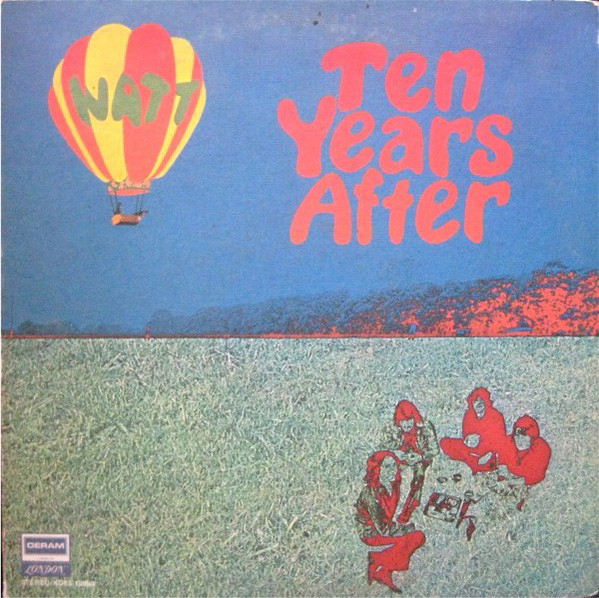 1970 US 1st press. 50 years for this one, too.
|
|
kurtster

Location: where fear is not a virtue
Gender: 

|
|
Posted:
Oct 11, 2024 - 8:52pm |
|
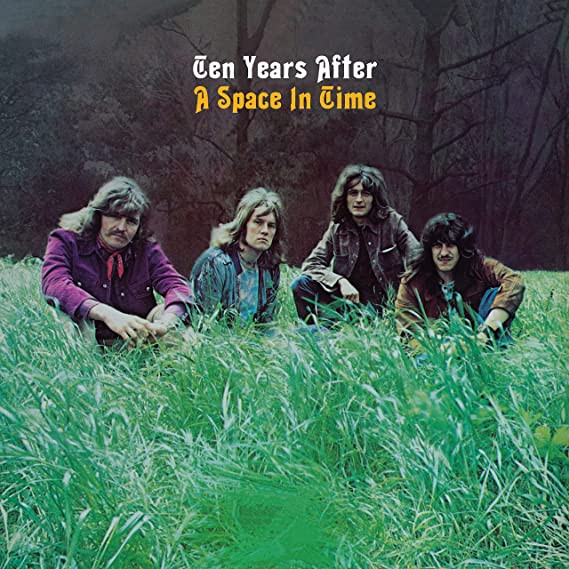 2023 UK 50th anniversary Double album Original 1971 mix and 2023 remix
|
|
kurtster

Location: where fear is not a virtue
Gender: 

|
|
Posted:
Oct 7, 2024 - 7:16pm |
|
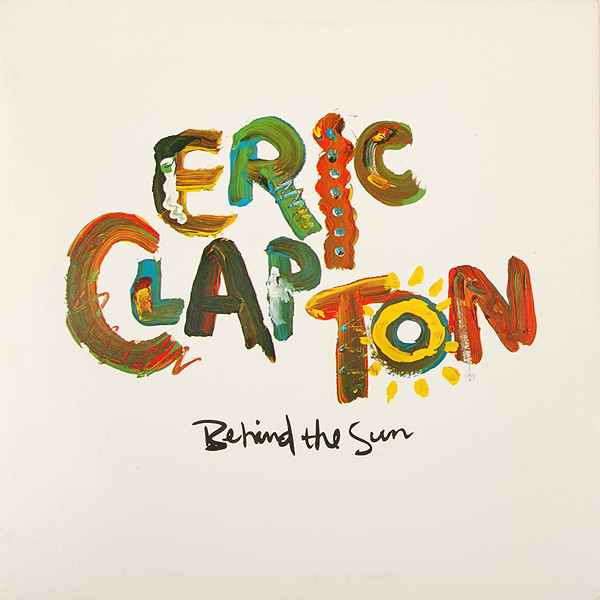 1985 US 1st press CRC copy
|
|
|
